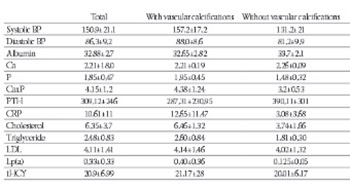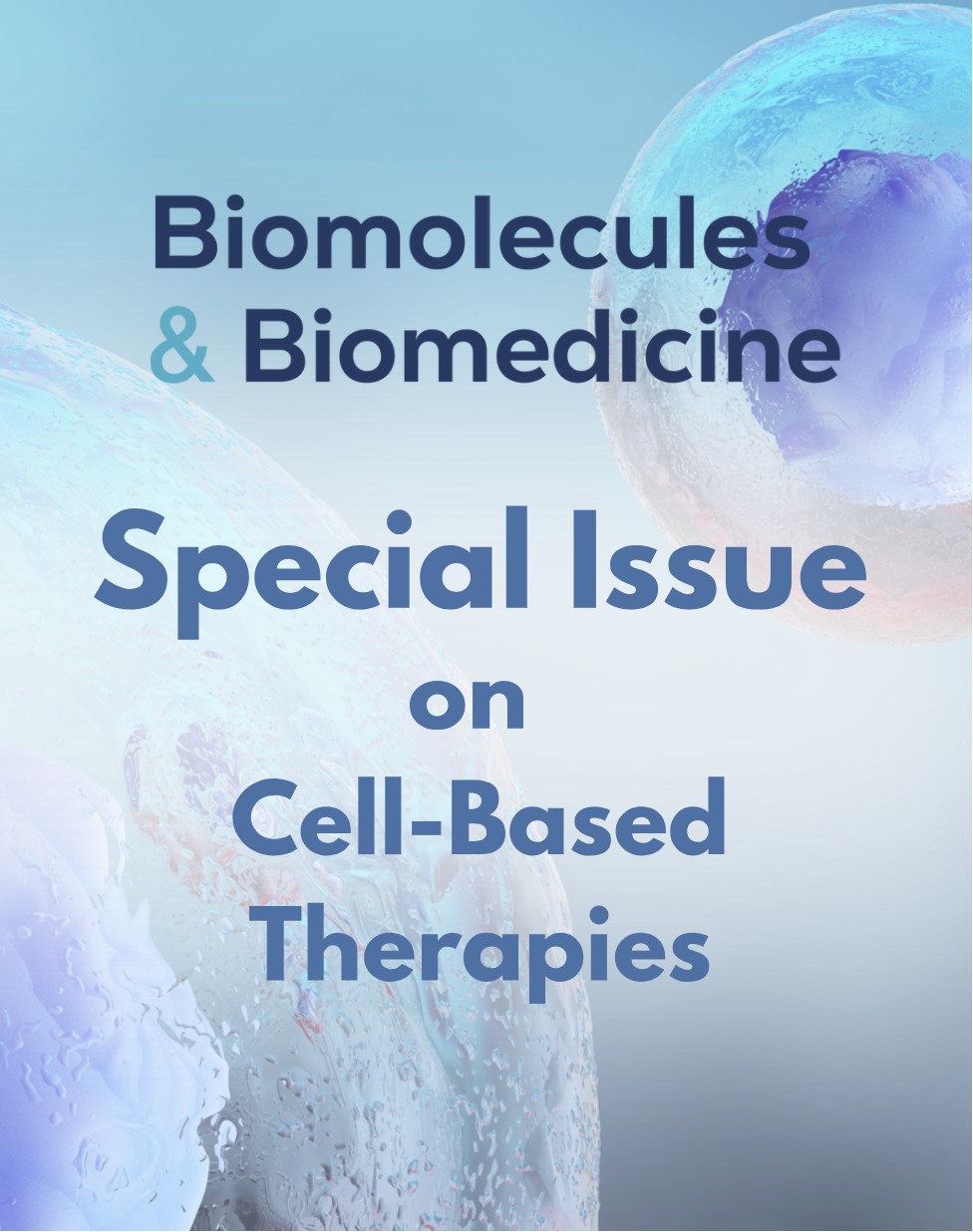The Influence of Risk Factors in Remodelling Carotid Arteries in Patients Undergoing Peritoneal Dialysis
DOI:
https://doi.org/10.17305/bjbms.2010.2654Keywords:
BEN, Bosnia, endemic, non-endemic, family burden, GFRAbstract
Accelerated atherosclerosis and vascular calcification, with oxidative stress, endothelial dysfunction, and other factors causing the arterial stiffness, increases cardiovascular morbidity and mortality in patients on peritoneal dialysis. The aim of this paper is to assess changes in intima media thickness (IMT) at common carotid arteries (CCA) in patients with stable continuous ambulatory peritoneal dialysis (PD) and examine the relationship of these changes and other risk factors on the occurrence of atherosclerosis. The study was conducted on 35 stable PD patients (25 type 2 diabetic patients), aged 58,6 ± 10’6 years. CCA-IMT was assessed using ultrasound B-mode technique, bilaterally. Other risk factors for the occurrence of atherosclerosis were monitored through regular laboratory control. One atheromatous plaque was found in 19 patients (54,3%). Among 25 type 2 diabetic patients, vascular calcifications were found in 80% patients. In all PD patients, CCA-IMT is 0,77 ± 0,23, in PD patients with vascular calcifications CCA-IMT is 1,05 ± 0,2 mm, while in group without vascular calcifications the value of this parameter is 0,56 ± 0,09 (p<0,01). Significant differences were found between PD patients with and without vascular calcifications on CCA in patients age (p<0,001), as well as values of systolic blood pressure (p=0,001), serum phosphorus (p=0,017), product calcium and phosphorus (p=0,021), CRP (p=0,039), triglycerides (p<0,05) and lipoprotein (a) values (p=0,044). Our results suggest an important determination of common carotid arteries intima media thickness and its relation to other risk factors for the occurrence and progression of atherosclerosis in patients undergoing peritoneal dialysis.
Citations
Downloads

Published
Issue
Section
Categories
How to Cite
Accepted 2017-11-11
Published 2010-04-20









